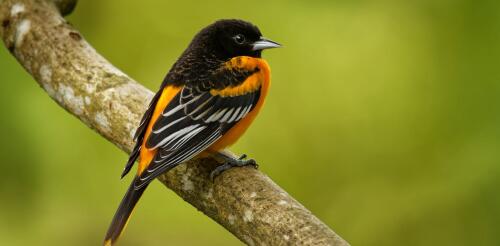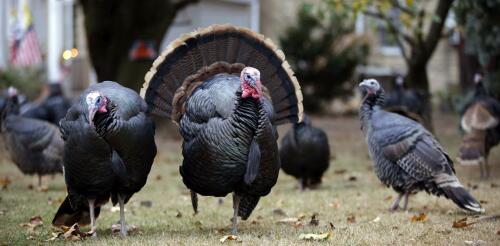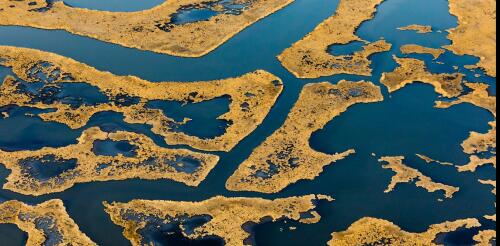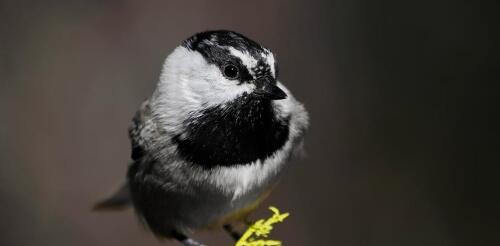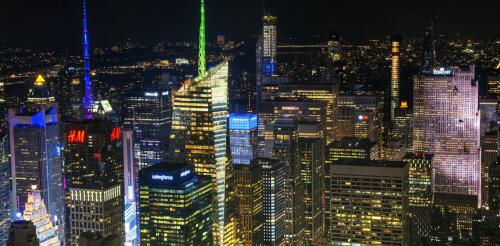Birds
Activities associated with cocaine trafficking threaten two-thirds of the most important landscapes in Central America for 196 forest bird species, including 67 migratory species. This is the key takeaway from a study that colleagues and I published in June 2024 in the journal Nature Sustainability. Our findings suggest that there is real potential for drug-related deforestation to negatively affect populations of migratory birds. Many of these species are unusually concentrated in winter in Central America, which has a comparatively smaller area than their summer breeding regions in North America. For 1 in 5 migratory species that travel to Central American forests annually, including familiar birds like the Baltimore oriole, more than 50% of their global population winters in areas that are becoming more attractive to traffickers. For half of migratory species, at least 25% of their populations winter in these areas. Baltimore orioles...
Birdsong is a welcome sign of spring, but robins and cardinals aren’t the only birds showing off for breeding season. In many parts of North America, you’re likely to encounter male wild turkeys, puffed up like beach balls and with their tails fanned out, aggressively strutting through woods and parks or stopping traffic on your street. Wild turkeys were abundant across North America when European settlers arrived. But people killed them indiscriminately year-round – sometimes for their meat and feathers, but settlers also took turkey eggs from nests and poisoned adult turkeys to keep them from damaging crops. Thanks to this unregulated killing and habitat loss, by 1900 wild turkeys had disappeared from much of their historical range. Turkey populations gradually recovered over the 20th century, aided by regulation, conservation funding and state restoration programs. By the early 2000s, they could be found in Mexico, Canada and every U.S. state except Alask...
Wetlands have flourished along the world’s coastlines for thousands of years, playing valuable roles in the lives of people and wildlife. They protect the land from storm surge, stop seawater from contaminating drinking water supplies, and create habitat for birds, fish and threatened species. Much of that may be gone in a matter of decades. As the planet warms, sea level rises at an ever-faster rate. Wetlands have generally kept pace by building upward and creeping inland a few meters per year. But raised roadbeds, cities, farms and increasing land elevation can leave wetlands with nowhere to go. Sea-level rise projections for midcentury suggest the waterline will be shifting 15 to 100 times faster than wetland migration has been clocked. Many wetlands, like these on Cape Cod, are now bordered by human infrastructure, including towns and roads. Lance Cheung/USDA I have been studying coastal g...
Wet snow pelts my face and pulls against my skis as I climb above 8,000 feet in the Sierra Nevada of eastern California, tugging a sled loaded with batteries, bolts, wire and 40 pounds of sunflower seeds critical to our mountain chickadee research. As we reach the remote research site, I duck under a tarp and open a laptop. A chorus of identification numbers are shouted back and forth as fellow behavioral ecologist Vladimir Pravosudov and I program “smart” bird feeders for an upcoming experiment. I have spent the past six years monitoring a population of mountain chickadees here, tracking their life cycles and, importantly, their memory, working in a system Pravosudov established in 2013. The long, consistent record from this research site has allowed us to observe how chickadees survive in extreme winter snowfall and to identify ecological patterns and changes. Snow piles up on the experiment’s bird feeders. Each chic...
Light pollution has steadily intensified and expanded from urban areas, and with the advent of LED lighting, it is growing in North America by up to 10% per year, as measured by the visibility of stars in the night sky. In our recent study, we found that the glow from cities and urban outskirts can powerfully attract migratory birds, drawing them into developed areas where food is scarcer and they face threats such as colliding with glass buildings. Each spring and fall, migratory birds journey to or from their breeding grounds, sometimes traveling thousands of miles. En route, most birds need to make stopovers to rest and feed. Some species burn off half of their body mass during migration. Migratory stopover sites are not random, and birds typically use the same locations from year to year. Because migration takes place on a continental scale, with billions of birds crossing North America each migratory season, it’s important for scientists to understand what attracts bi...
